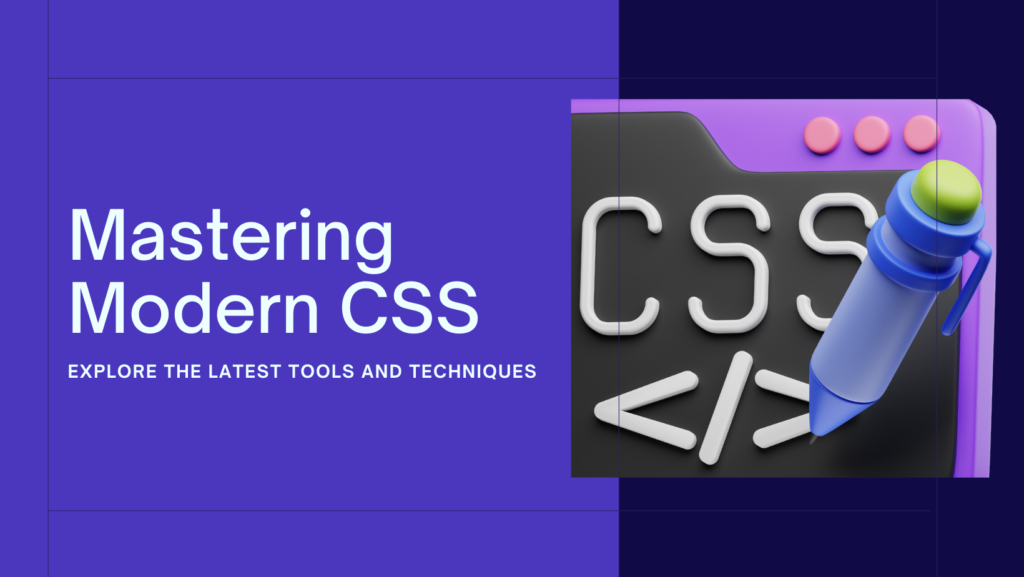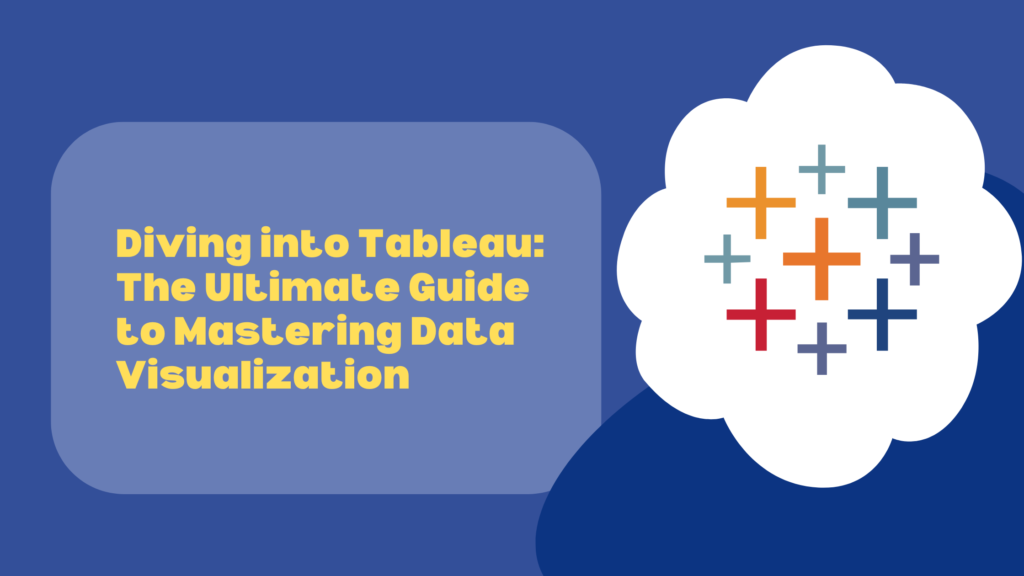The Top 20 Highest Paying Tech Jobs in 2024

If you are giving your career some consideration to make sure you are future-proofing your skillset or perhaps moving into a new field altogether, have a look below to know everything about the top 20 highest-paid tech jobs in 2024.
In the ever-evolving landscape of technology, lucrative career paths abound for skilled professionals across diverse domains. From pioneering advancements in artificial intelligence to safeguarding critical data through cybersecurity measures, the realm of technology offers a myriad of high-paying opportunities. In this comprehensive exploration, we unveil the top 20 highest-paying tech jobs in 2024, shedding light on the intricacies of each role, the responsibilities they entail, and the competitive salaries they command. Whether you’re a seasoned tech veteran or a budding enthusiast, this guide aims to illuminate the pathways to success in the dynamic world of technology.
Best Paying Jobs in Technology
Let’s check the top highest paying jobs in technology for 2024.
- Chief Technology Officer (CTO):
- Responsibilities: Spearheading the technological vision and strategy of organizations, CTOs oversee product development, drive innovation, and manage IT infrastructure.
- Average Salary (India): Over ₹50 lakh annually.
- Average Salary (US): Over $200,000 annually.
- Software Engineering Manager:
- Responsibilities: Steering teams of software engineers through project lifecycles, software engineering managers ensure the efficient delivery of software solutions while upholding quality standards.
- Average Salary (India): Over ₹33 lakh annually.
- Average Salary (US): Over $157,000 annually.
- Cloud Architect:
- Responsibilities: Crafting robust cloud-based solutions aligned with business objectives, cloud architects collaborate with cross-functional teams to optimize IT infrastructure and enhance scalability.
- Average Salary (India): Over ₹22 lakh annually.
- Average Salary (US): Over $128,000 annually.
- Artificial Intelligence (AI) Director:
- Responsibilities: Orchestrating the development and deployment of AI-driven solutions, AI directors leverage machine learning algorithms to drive innovation and foster data-driven decision-making.
- Average Salary (India): Over ₹40 lakh annually.
- Average Salary (US): Over $180,000 annually.
- Cybersecurity Director:
- Responsibilities: Formulating comprehensive security strategies, cybersecurity directors fortify organizations against cyber threats, oversee security operations, and ensure regulatory compliance.
- Average Salary (India): Over ₹35 lakh annually.
- Average Salary (US): Over $170,000 annually.
- Data Science Manager:
- Responsibilities: Leading teams of data scientists in extracting actionable insights from vast datasets, data science managers drive strategic decision-making and foster a culture of data-driven innovation.
- Average Salary (India): Over ₹30 lakh annually.
- Average Salary (US): Over $150,000 annually.
- Blockchain Architect:
- Responsibilities: Designing and implementing blockchain solutions to enhance transparency and security across industries, blockchain architects leverage distributed ledger technology to drive digital transformation.
- Average Salary (India): Over ₹25 lakh annually.
- Average Salary (US): Over $140,000 annually.
- DevOps Director:
- Responsibilities: Championing DevOps practices, DevOps directors streamline software development processes, foster collaboration between development and operations teams, and drive automation initiatives.
- Average Salary (India): Over ₹28 lakh annually.
- Average Salary (US): Over $150,000 annually
- Mobile Applications Director:
- Responsibilities: Leading teams in developing cutting-edge mobile applications, mobile applications directors drive user engagement, enhance user experiences, and align mobile strategy with business goals.
- Average Salary (India): Over ₹20 lakh annually.
- Average Salary (US): Over $130,000 annually.
- Data Security Officer:
- Responsibilities: Safeguarding sensitive data assets, data security officers devise and implement robust data security policies, ensuring compliance with regulatory requirements and mitigating cybersecurity risks.
- Average Salary (India): Over ₹18 lakh annually.
- Average Salary (US): Over $120,000 annually.
- Data Scientist:
- Responsibilities: Utilizing advanced analytics and machine learning techniques, data scientists uncover actionable insights from complex datasets, enabling data-driven decision-making and driving business innovation.
- Average Salary (India): Over ₹25 lakh annually.
- Average Salary (US): Over $120,000 annually.
- Machine Learning Engineer:
- Responsibilities: Developing and deploying machine learning models, machine learning engineers leverage statistical algorithms and computational techniques to solve complex business problems and optimize processes.
- Average Salary (India): Over ₹20 lakh annually.
- Average Salary (US): Over $130,000 annually.
- Robotics Engineer:
- Responsibilities: Designing and building robotic systems for diverse applications, robotics engineers innovate in fields such as manufacturing, healthcare, and aerospace, driving automation and efficiency.
- Average Salary (India): Over ₹18 lakh annually.
- Average Salary (US): Over $100,000 annually.
- Virtual Reality (VR) Developer:
- Responsibilities: Creating immersive VR experiences, VR developers leverage cutting-edge technology to craft virtual environments for gaming, training, simulation, and entertainment purposes.
- Average Salary (India): Over ₹15 lakh annually.
- Average Salary (US): Over $90,000 annually.
- Augmented Reality (AR) Developer:
- Responsibilities: Developing AR applications, AR developers merge digital content with the physical world, enhancing user experiences across industries such as retail, education, and healthcare.
- Average Salary (India): Over ₹14 lakh annually.
- Average Salary (US): Over $100,000 annually.
- Quantum Computing Scientist:
- Responsibilities: Pioneering research in quantum computing, quantum computing scientists explore quantum phenomena and develop algorithms with the potential to revolutionize computation and problem-solving.
- Average Salary (India): Over ₹30 lakh annually.
- Average Salary (US): Over $150,000 annually.
- Chief Information Security Officer (CISO):
- Responsibilities: Leading cybersecurity initiatives, CISOs devise and implement security strategies, oversee incident response, and ensure the integrity of organizational data assets.
- Average Salary (India): Over ₹40 lakh annually.
- Average Salary (US): Over $200,000 annually.
- UX/UI Designer:
- Responsibilities: Designing intuitive user interfaces and engaging user experiences, UX/UI designers leverage human-centered design principles to create visually appealing and functional digital products.
- Average Salary (India): Over ₹12 lakh annually.
- Average Salary (US): Over $80,000 annually.
- Big Data Engineer:
- Responsibilities: Designing and managing large-scale data processing systems, big data engineers architect robust data pipelines, enabling organizations to derive actionable insights from massive datasets.
- Average Salary (India): Over ₹18 lakh annually.
- Average Salary (US): Over $120,000 annually.
- Chief Data Officer (CDO):
- Responsibilities: Driving data-driven strategies, CDOs oversee data governance, ensure data quality and integrity, and harness the power of data analytics to inform strategic decision-making.
- Average Salary (India): Over ₹50 lakh annually.
- Average Salary (US): Over $250,000 annually.
Conclusion:
In conclusion, the tech industry presents a wealth of opportunities for professionals seeking high-paying and fulfilling careers. From leading technological innovation as a CTO to shaping the future of data as a CDO, the possibilities are limitless. By understanding the diverse roles and responsibilities of the top-paying tech jobs in 2024, individuals can embark on rewarding career trajectories in the dynamic realm of technology, driving innovation, and shaping the digital landscape of tomorrow. With continuous learning, skill development, and a passion for innovation, success in the tech industry is within reach for aspiring professionals and seasoned experts alike.
In a world where the digital sphere reigns supreme, seizing the opportunity to excel in diverse online roles is paramount. Ignite your potential with IgnisysIT‘s cutting-edge courses, designed to empower you with the skills needed to conquer the digital landscape. Stay ahead of the game and make your mark in the dynamic world of technology!



